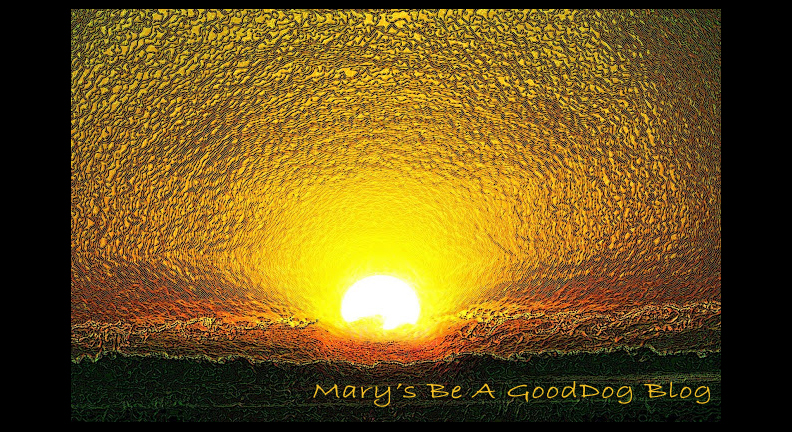It is worth the watch, if you can still steel yourself for watching ...The Winding Down....
The migration of the largest land mammal. The Wildebeests are finely weird looking animals.
The footage of the crocs catching/eating the wildebeasts, and the wildebeests trying to figure out HOW TO CROSS THE RIVER away from the superhuge Crocs, is X rated.
but Not as bad as the carnage of humans on elephants, also on the same 60 minutes. Must have needed a ratings boost. Do an entire show of Wild Animals at-risk.. The pre-suffering cute baby animals evoke sympathy;
showing the human babies in pakistan's flood,
congo's ravishing,
or haiti's stewpot can add a dose of guilt and horror onto sympathy.
Wildebeest pics HERE
HERE is the link to the story. Excerpt:
It's called the "great migration," an endless march of life, and death and rebirth for millions of animals. When you see it, you might agree this is one of the greatest shows on Earth. If you are at all interested in East Africa or its wildlife or safari travel, you are familiar with the migration - and the greatest show on Earth hyperbole that usually accompanies it. ...The wildebeest migration has been underway for thousands of years, having survived droughts, volcanoes, the arrival of Maasai herdsmen, the arrival of Europeans, a devastating rinderpest epidemic and the steady encroachment of agriculture and civilization...The wildebeest migration is driven by water and grass. As the southern Serengeti dries out in spring, the wildebeest - a million and a half of them, joined by two hundred thousand zebras - move north to Kenya and the Mara Triangle, which is watered by the Mara River. During the dry season, the Mara and its tributaries are the only source of water in the region. The headwaters of the Mara River lie in Kenya's Mau Forest - a dense equatorial rain forest that traps rainwater and regulates its release into the river ("like a sponge," says Pelley). A growing population in and around the Mau Forest, combined with irresponsible land use practices and delicate politics, have led to deforestation of vast swaths of forest. Loss of forest canopy has hindered the forest's ability to attract rainfall and hold it. .This has led to erratic - and substantially reduced - flows in the Mara River. All of that eventually reaches downs tream to the Mara Triangle and the grasses that grow there and the animals that depend on both water and grasses to survive...
The migration of the largest land mammal. The Wildebeests are finely weird looking animals.
The footage of the crocs catching/eating the wildebeasts, and the wildebeests trying to figure out HOW TO CROSS THE RIVER away from the superhuge Crocs, is X rated.
but Not as bad as the carnage of humans on elephants, also on the same 60 minutes. Must have needed a ratings boost. Do an entire show of Wild Animals at-risk.. The pre-suffering cute baby animals evoke sympathy;
showing the human babies in pakistan's flood,
congo's ravishing,
or haiti's stewpot can add a dose of guilt and horror onto sympathy.
Wildebeest pics HERE
HERE is the link to the story. Excerpt:
It's called the "great migration," an endless march of life, and death and rebirth for millions of animals. When you see it, you might agree this is one of the greatest shows on Earth. If you are at all interested in East Africa or its wildlife or safari travel, you are familiar with the migration - and the greatest show on Earth hyperbole that usually accompanies it. ...The wildebeest migration has been underway for thousands of years, having survived droughts, volcanoes, the arrival of Maasai herdsmen, the arrival of Europeans, a devastating rinderpest epidemic and the steady encroachment of agriculture and civilization...The wildebeest migration is driven by water and grass. As the southern Serengeti dries out in spring, the wildebeest - a million and a half of them, joined by two hundred thousand zebras - move north to Kenya and the Mara Triangle, which is watered by the Mara River. During the dry season, the Mara and its tributaries are the only source of water in the region. The headwaters of the Mara River lie in Kenya's Mau Forest - a dense equatorial rain forest that traps rainwater and regulates its release into the river ("like a sponge," says Pelley). A growing population in and around the Mau Forest, combined with irresponsible land use practices and delicate politics, have led to deforestation of vast swaths of forest. Loss of forest canopy has hindered the forest's ability to attract rainfall and hold it. .This has led to erratic - and substantially reduced - flows in the Mara River. All of that eventually reaches downs tream to the Mara Triangle and the grasses that grow there and the animals that depend on both water and grasses to survive...
Wildebeest Migration



No comments:
Post a Comment